The commitment to ASEAN cooperation in the spirit of “One vision, one identity, one caring and sharing community” was affirmed by the Chair of the 62nd ASEAN National Tourism Organizations Conference, Philippine Undersecretary of Tourism, Ms. Verna C. Buensuceso, within the framework of the event taking place in Boracay, Philippines.
Representing the Vietnamese delegation at the Conference was Deputy Director of the National Tourism Administration, Ms. Nguyen Thi Hoa Mai, who, together with delegates from other countries, agreed to actively prepare to complete the ASEAN Tourism Strategic Plan 2016-2025 and build an ASEAN Tourism Industry Plan in line with the new goals.
ASEAN Community shares "one vision"
At the Conference, Deputy Director Nguyen Thi Hoa Mai reaffirmed her commitment to closely cooperate with all member countries and the ASEAN Secretariat in implementing projects in the period after 2025, especially in areas where Vietnam has strengths.
Vietnam, as Chair of the ASEAN Tourism Resources, Monitoring and Evaluation Committee (ATRMEC), also reported on the results of the 19th Committee Meeting held on May 2, 2025 in the Philippines.
Accordingly, some of the main activities of the Committee in 2024-2025 include: Developing the ASEAN Tourism Sector Plan 2026-2030 and the ASEAN Tourism Marketing Strategy 2026-2030; Monitoring and evaluating the progress of implementation and completion of the ASEAN Tourism Strategic Plan 2016-2025; Organizing and monitoring activities within the framework of the ASEAN-India Tourism Year 2025; Implementing training on project development within the framework of ASEAN cooperation...
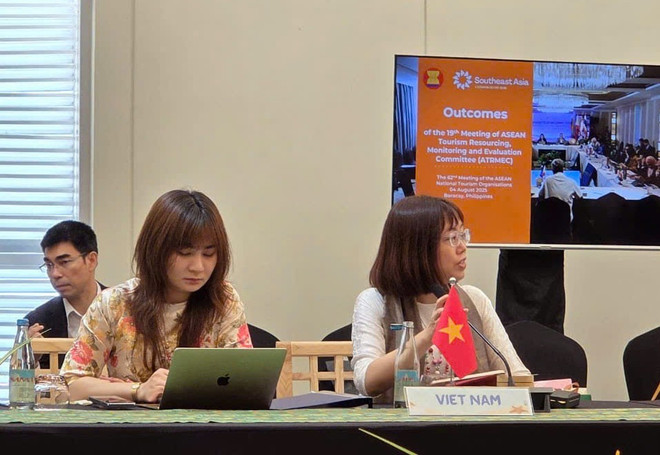
Also within the framework of the Conference, delegates also heard reports on the organization of the ASEAN Tourism Ministerial Forum which will take place on September 29, 2025 in Melaka, Malaysia on the sidelines of the World Tourism Day Celebration; ATF 2026 Forum in the Philippines; cooperation with ASEAN partners (China, Korea, Japan, India) as well as intra-regional cooperation: Indonesia-Malaysia-Thailand triangle (IMT-GT), East ASEAN Growth Area (BIMP-EAGA), Cambodia-Laos-Myanmar-Vietnam (CLMV), Mekong-Lancang Tourism Cooperation...
Within the framework of developing the ASEAN Tourism Outlook document, a representative of the United Nations Tourism Organization (UN Tourism) informed that in 2024, the number of international visitors to ASEAN will reach 121 million, recovering 88% compared to 2019 before the pandemic. The number of international visitors to ASEAN accounts for 38% of the total number of international visitors to the Asia- Pacific region and 8% of the total number of international tourists in the world.
Notably, the number of international visitors to Vietnam ranks third in ASEAN (accounting for 14%), after Thailand (29%) and Malaysia (21%). ASEAN remains an important tourist market. Of which, the group of 10 leading tourist markets of ASEAN in 2023 includes the following countries: Singapore, China, South Korea, Malaysia, Indonesia, Thailand, Australia, India, the United States, and Vietnam.
The International Air Transport Association (IATA) said aviation is a key driver of tourism, with 58% of international arrivals travelling by air. In 2023, the aviation industry created 17 million jobs in ASEAN, including 11 million jobs related to tourism; contributing $210 billion to GDP.

With that result, IATA proposed to focus on improving the tourist experience, ensuring seamless connections, avoiding too many connecting flights, simplifying visa procedures, improving the quality of airport experiences, and competing on price by considering reducing taxes and fees related to tourism.
Potential market of the region
In recent times, India has emerged as a leading potential source market for several Southeast Asian countries such as Thailand, Vietnam, the Philippines, and Malaysia. A large population, rising incomes, and high demand for foreign travel help tourists from India easily gain a strong influence, even creating a tourism trend.
Travelers from the subcontinent are increasingly planning ahead, prioritizing short-term bookings, and using digital for their itineraries. Instead of planning long in advance, most Indian trips are now booked just 1-2 months in advance (much shorter than the average Western traveler). This shift in reality is forcing destinations and businesses to become more agile to attract and retain potential visitors.
The destination selection habits of tourists from the country of a billion people have also changed, with priority given to routes imbued with local cultural identity and experiences that help them easily integrate into the lives of local people.

In particular, Indian tourists are increasingly focusing on personalized experiences led by local communities rather than traditional hotel stays. As a result, tourism service providers across Southeast Asia (including Vietnam) are also actively transforming and improving their services to create unique, localized options.
Recognizing the above needs and trends, travel platforms are developing localized loyalty programs that are user-friendly and tailor content to include Indian languages. These transformational designs clearly demonstrate interest in action across the ASEAN corridor.
For Vietnam, in September 2025, the National Tourism Administration will organize a program to introduce Vietnamese tourism in Bengaluru and Hyderabad, two large, dynamic cities with many film producers in India, with the participation of airlines and major tourism businesses. In particular, the Namaste Vietnam Festival (Hello Vietnam) will be an opportunity for Vietnam to introduce its potential and strengths to Bollywood filmmakers, as well as Indian tourism businesses and airlines.
“Vietnam considers the combination of tourism and cinema to promote the country’s image and bring Vietnamese tourism closer to Indian tourists to be very important,” Deputy Minister of Culture, Sports and Tourism Ho An Phong emphasized./.
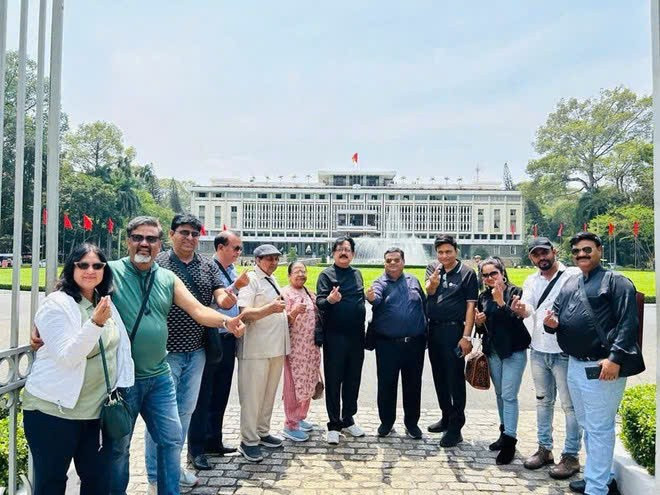
The Vietnamese delegation is continuing to attend events in Boracay including the 46th ASEAN+3 National Tourism Organizations Meeting, the 33rd ASEAN-India Tourism Working Group Meeting, and the Policy Workshop for the ASEAN Tourism Sector Plan.
Source: https://www.vietnamplus.vn/du-lich-viet-nam-cam-ket-cung-cong-dong-asean-xay-dung-chien-luoc-dai-hoi-post1053756.vnp


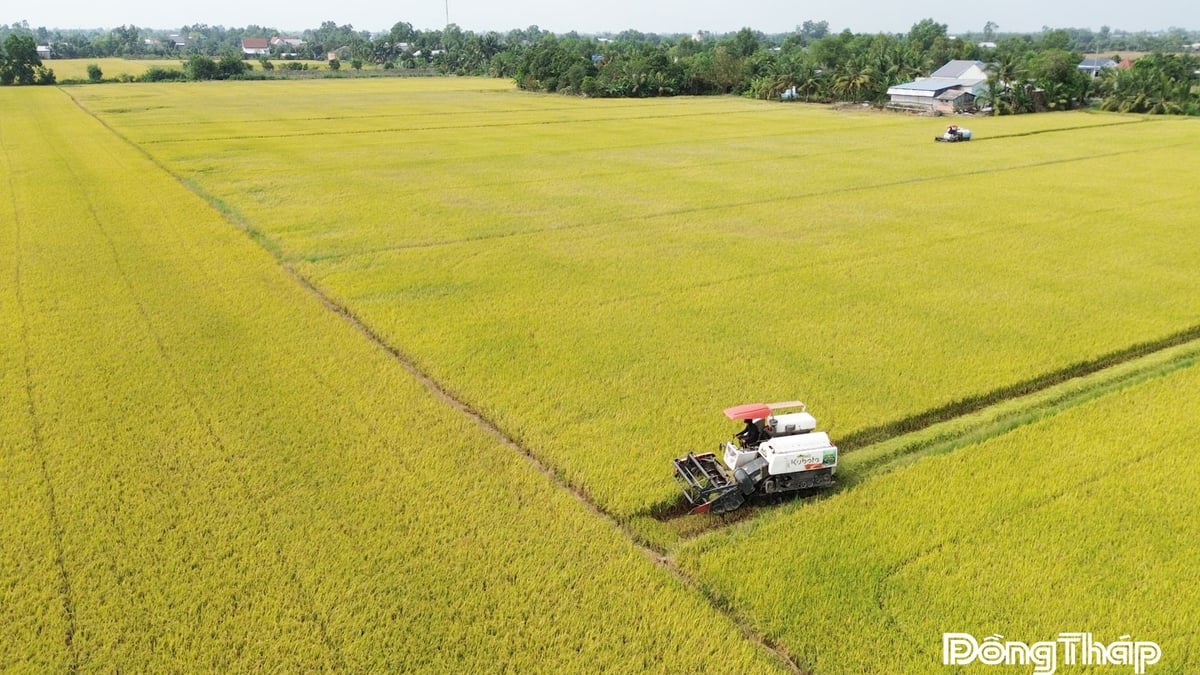


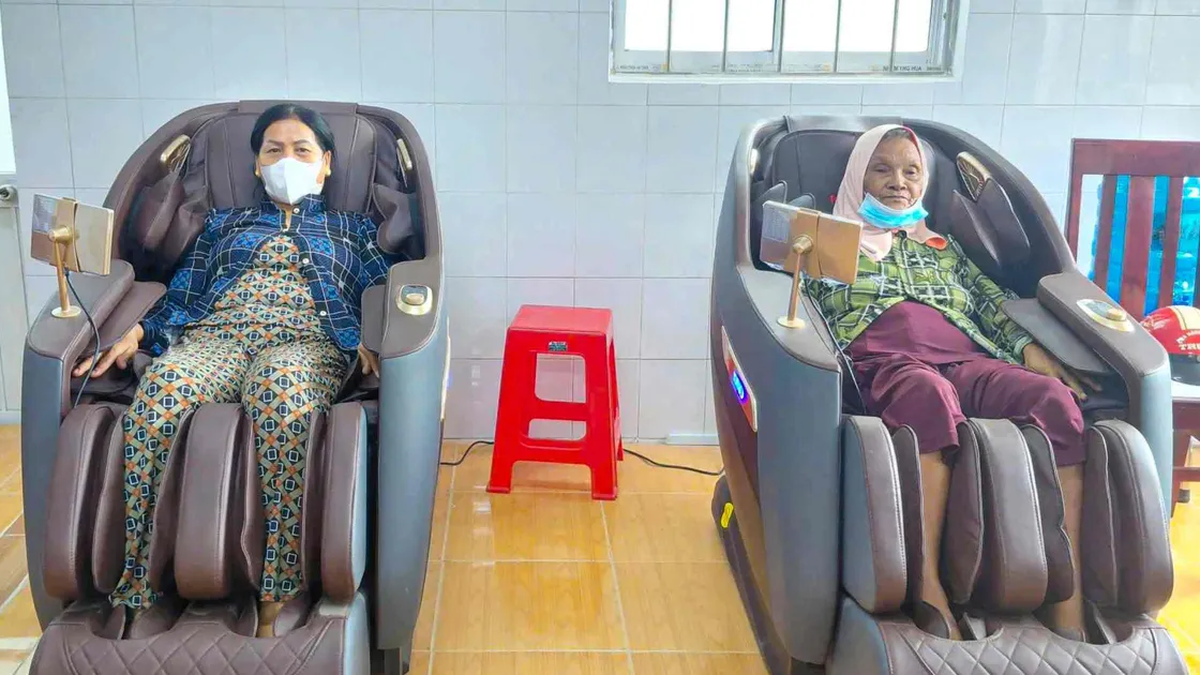

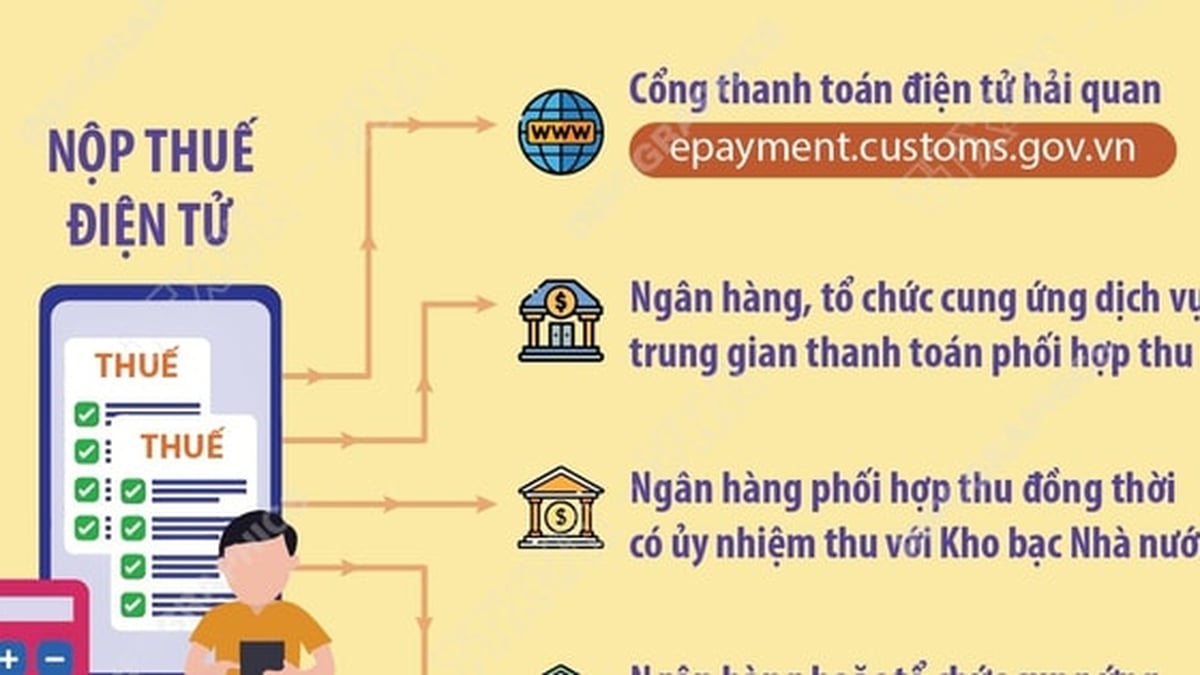
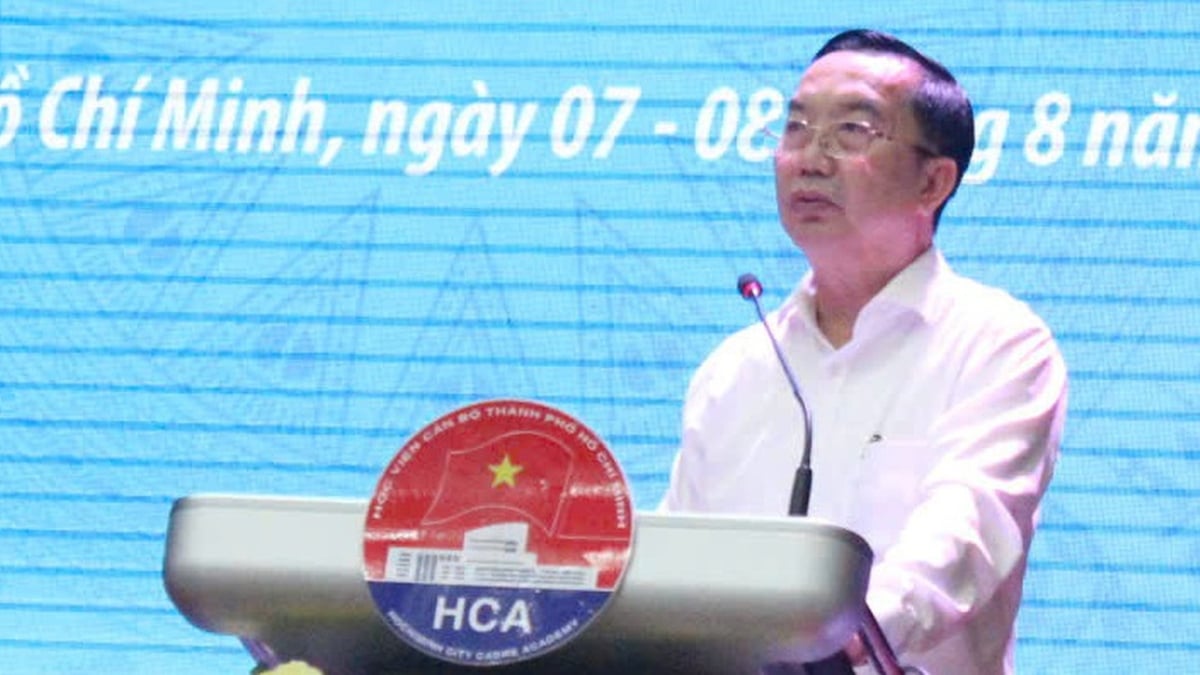

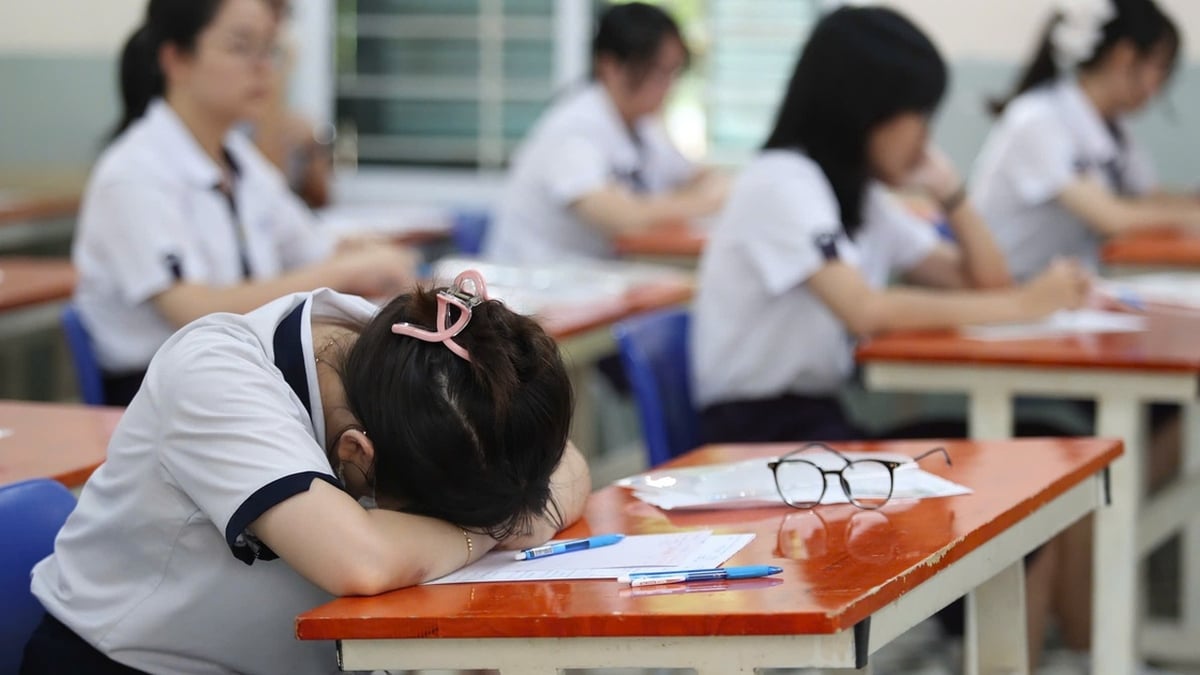














![[Photo] Nghe An: Provincial Road 543D seriously eroded due to floods](https://vphoto.vietnam.vn/thumb/1200x675/vietnam/resource/IMAGE/2025/8/5/5759d3837c26428799f6d929fa274493)


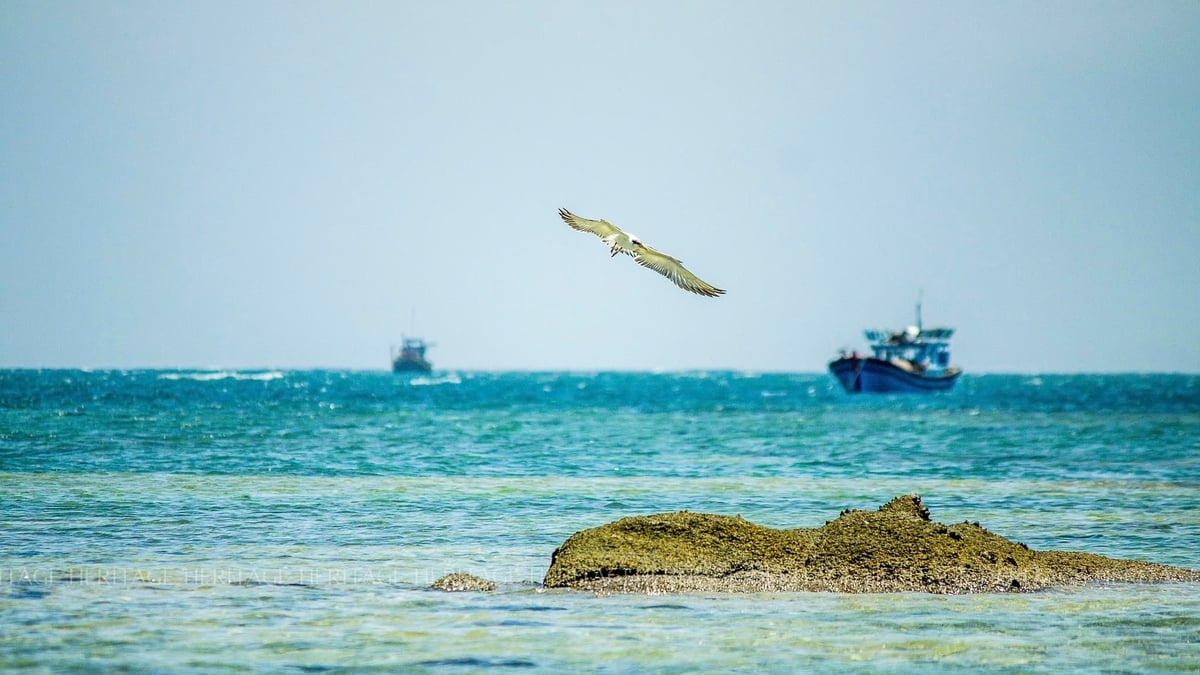
![[Photo] Discover the "wonder" under the sea of Gia Lai](https://vphoto.vietnam.vn/thumb/1200x675/vietnam/resource/IMAGE/2025/8/6/befd4a58bb1245419e86ebe353525f97)
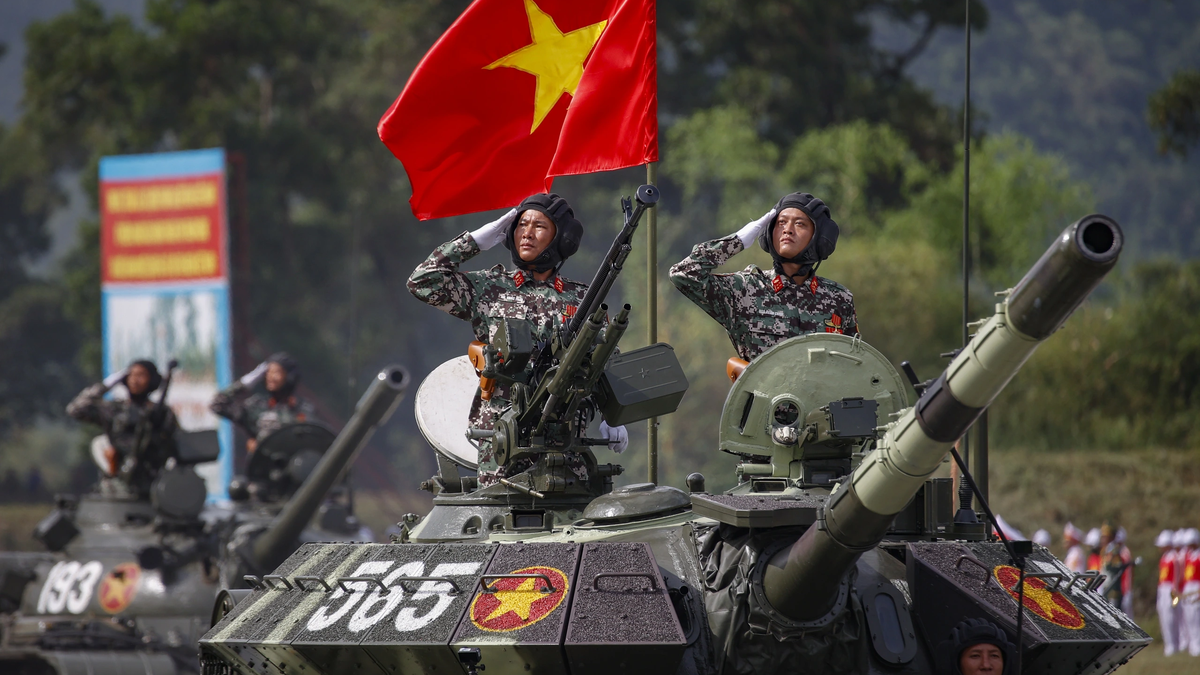































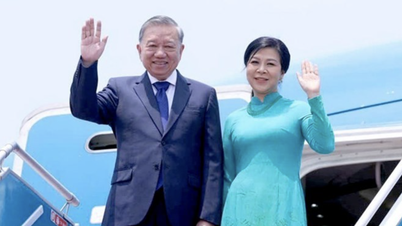


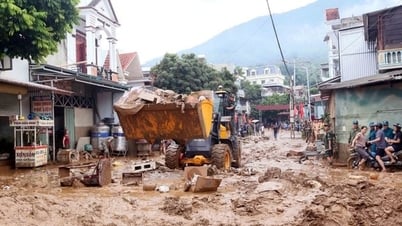





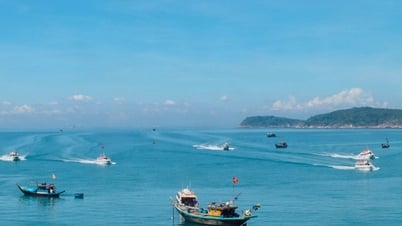

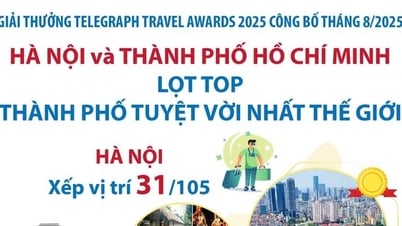
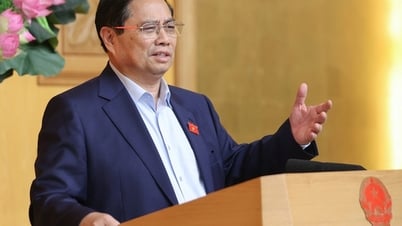
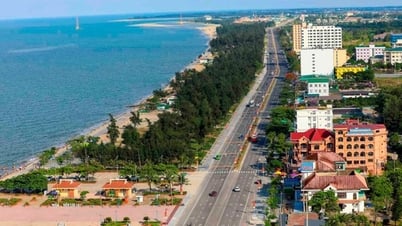


















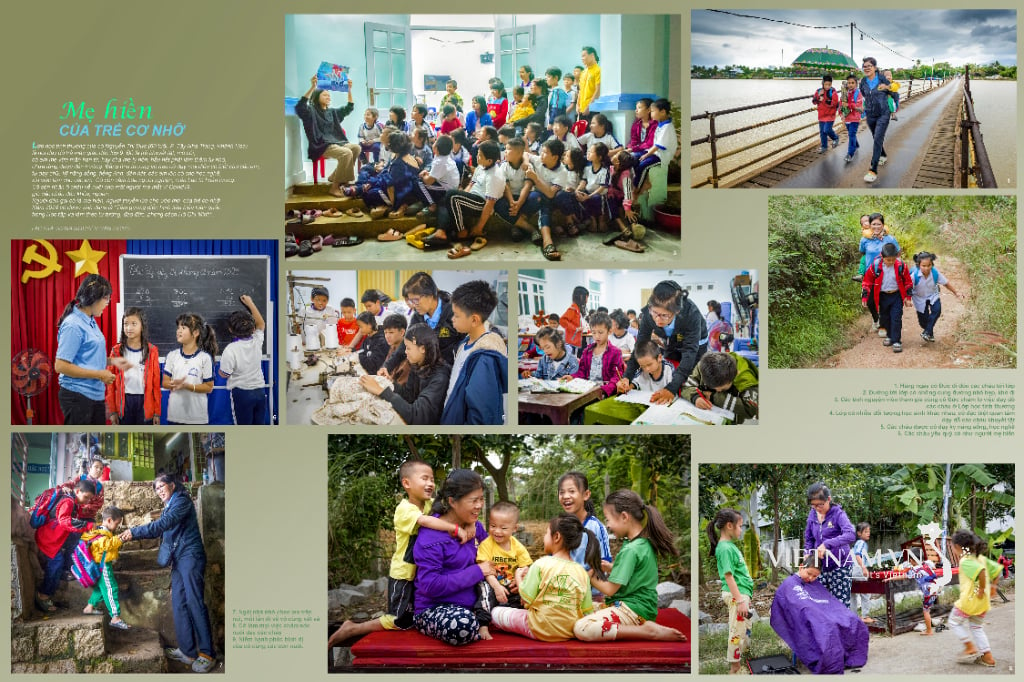
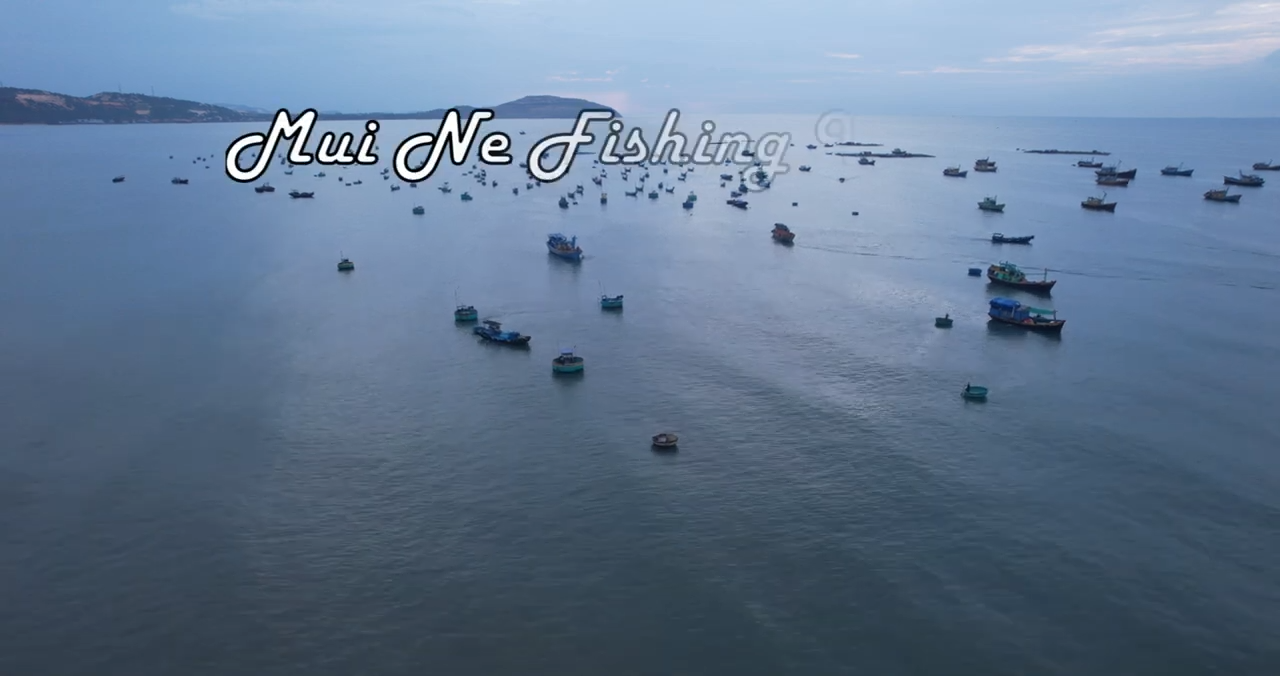
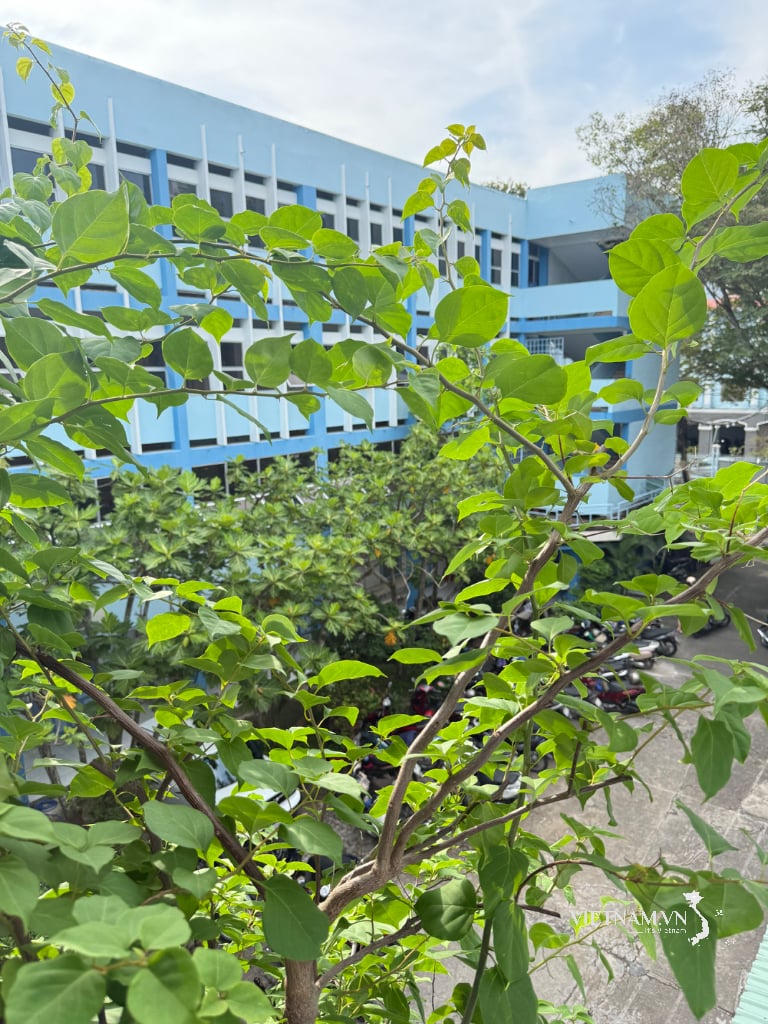
Comment (0)